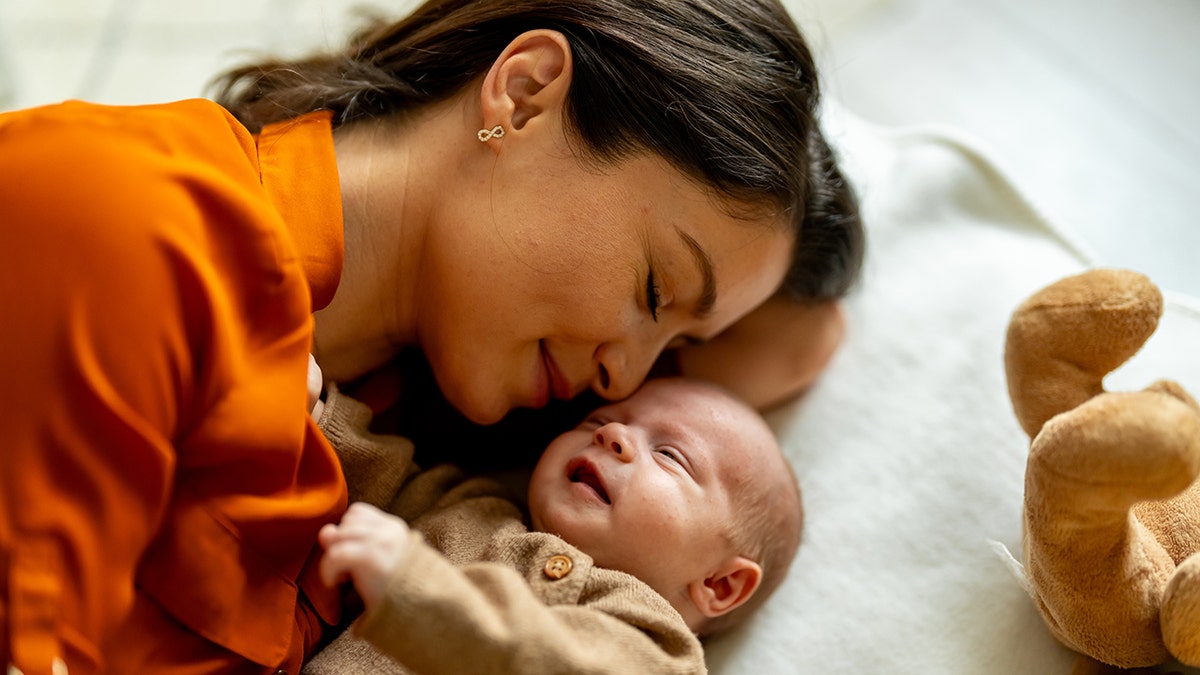
Shifts in U.S. Birth Rates: A Decline in Teen Pregnancy Amidst Rising Maternal Age
Recent data from the Centers for Disease Control and Prevention (CDC) indicates a significant transformation in birth trends across the United States. For the first time in history, the number of births to women over the age of 40 has surpassed those born to teenage mothers. This historic shift reflects broader societal changes regarding family planning, the timing of parenthood, and reproductive health.
According to CDC statistics, the total number of births within the U.S. has seen a stark decline of 14% from 1990 to 2023. This period marked a notable drop in births to women under 20, plummeting by 73%, making it the steepest decline among all age groups. This shift has led to a notable change in demographic distributions; in 1990, one in eight births were to teenagers, while by 2023, that ratio had dropped to one in 25. Conversely, the birth rate among women aged 40 and older surged an astounding 193% during the same timeframe.
The report highlights an overall decrease in fertility rates among younger demographics, with significant reductions also occurring in the 20-24 and 25-29 age brackets, where births decreased by 44% and 23%, respectively. Notably, the percentage of births to women aged 30 to 34 increased by 24%, while those in the 35-39 age group experienced a 90% increase. These changes have reshaped the landscape of maternal age distribution; women aged 30 and older accounted for over half of all births (51.4%) in 2023, compared to 30% in 1990.
Dr. Ashley Wiltshire from the Columbia University Fertility Center explains that these trends reflect advancements in both contraceptive methodologies and assisted reproductive technologies (ART). She notes that these developments have provided women with greater reproductive autonomy, allowing for more informed choices regarding childbearing.
The societal factors influencing these trends are complex. A growing number of individuals are choosing to delay parenthood for reasons ranging from career aspirations to financial considerations, as well as a heightened awareness regarding personal health and family dynamics.
Furthermore, the rising popularity of egg freezing and embryo banking among women in their late 20s and 30s has contributed to increasing fertility possibilities at older ages. Dr. Wiltshire emphasizes that such methods potentially enhance an individual’s chances of conceiving later, alongside the increasing acceptance and availability of donor egg treatments.
As the cultural narrative around motherhood evolves, the implications of these demographic shifts are significant for social policy, healthcare practices, and economic structures as they adapt to a new norm in family planning and reproductive health. Overall, this data not only highlights a shift in birth patterns but also underscores the changing perspectives and choices surrounding motherhood in contemporary society.
For further developments in health and reproductive trends, visit Fox News Health.



